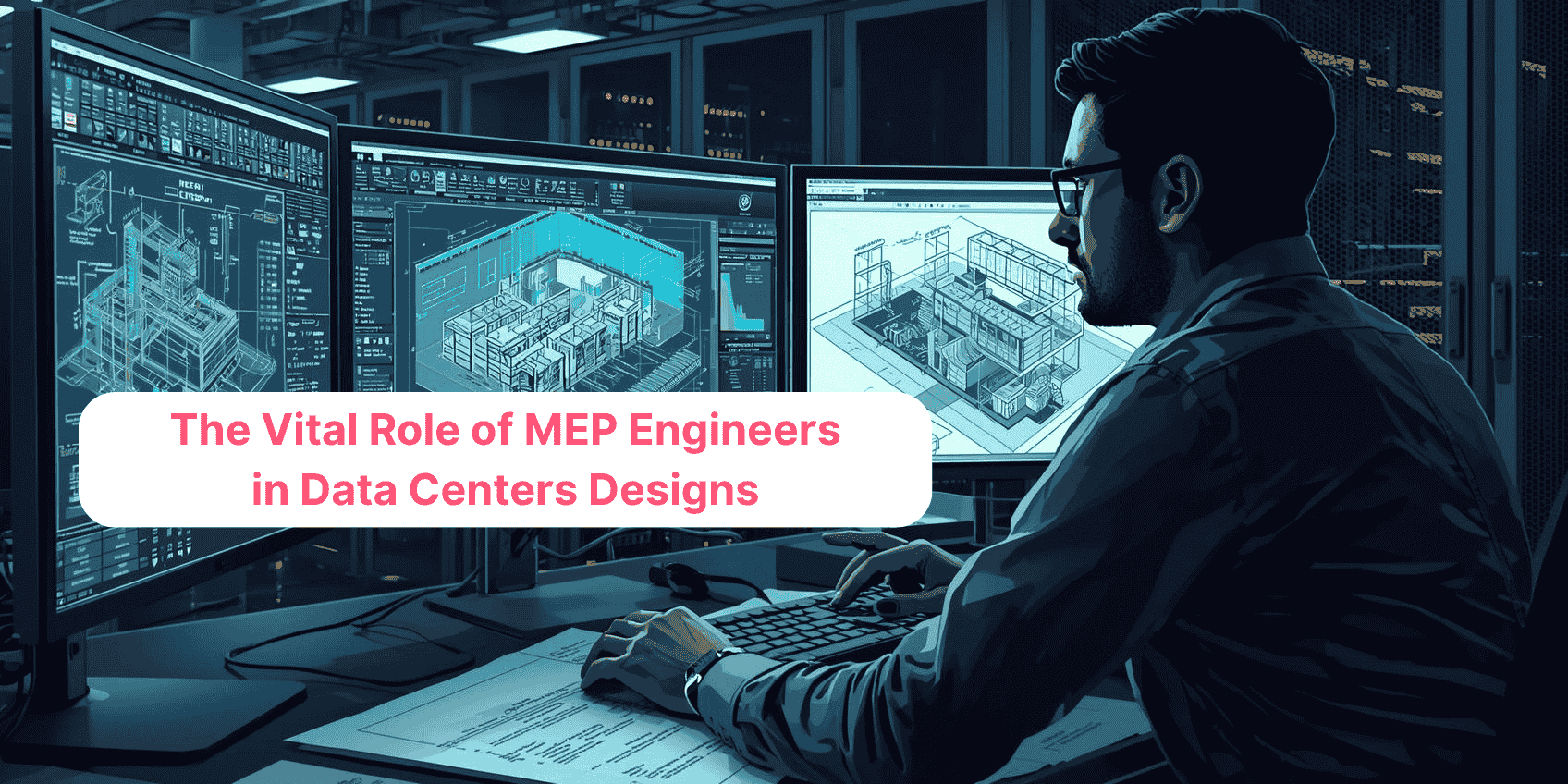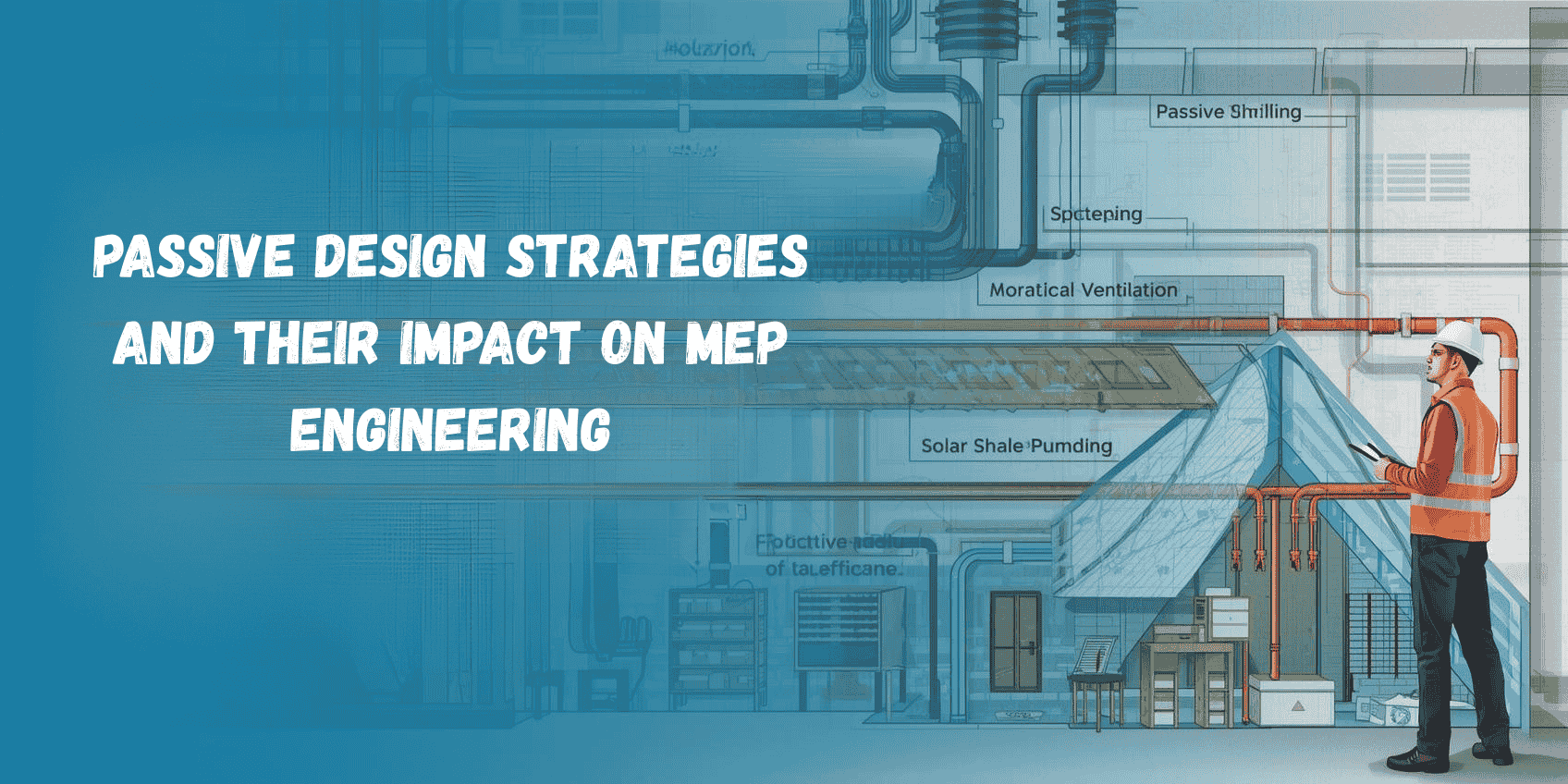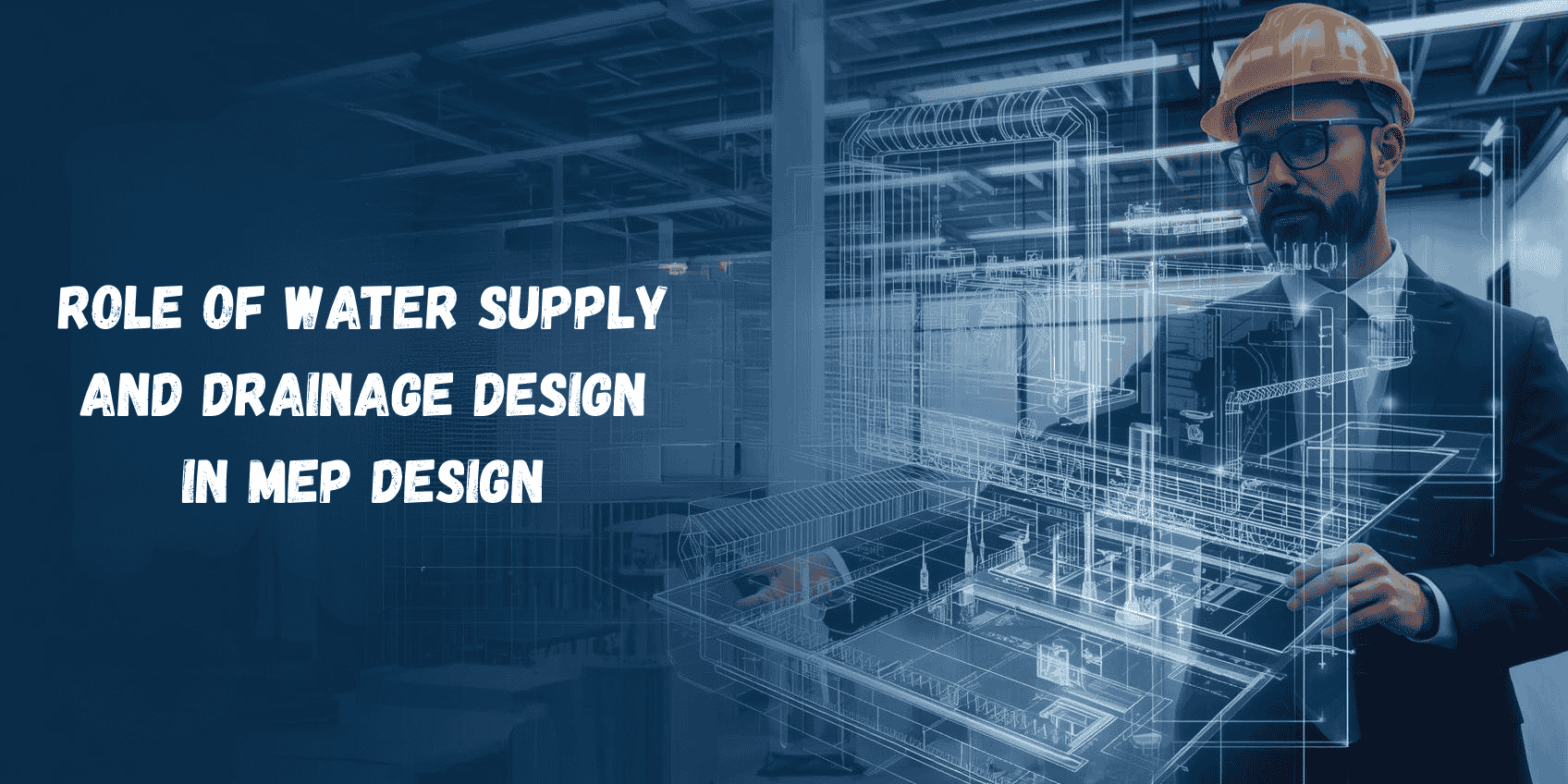
Data centers are the backbone of modern digital infrastructure, supporting AI, cloud computing, and business operations. Their smooth functioning relies on well-planned data center MEP systems, ensuring cooling, power, and safety work seamlessly. In the USA, the average MEP design engineer salary is around $88,150/year, reflecting the expertise needed to manage these complex facilities.
Behind every reliable data center, careful planning and coordination of mechanical, electrical, and plumbing networks are essential. Following best practices for MEP engineers in high-density data centers helps maintain efficiency and uptime while supporting sustainability. Engineers use advanced tools and modeling techniques to make these systems both safe and performance-ready.
What Are Data Centers And Why Are They Vital In Today’s AI-Led World?
Data centers are specialized facilities designed to store, process, and manage large volumes of digital information efficiently. They support critical business operations, cloud services, and AI applications with uninterrupted performance. Effective MEP design for data centers ensures stable power, precise cooling, and structural reliability, which together enable consistent, safe, and scalable operations for modern digital infrastructure.
Data centers are essential in today’s AI-driven world because they:
-
Enable seamless integration of AI tools into business workflows, supporting advanced analytics and automation.
-
Provide the foundation for global connectivity, allowing instant communication and collaboration across regions.
-
Host large-scale machine learning models, ensuring high-speed computation and reduced latency for applications.
-
Deliver resilient infrastructure that adapts to evolving technology demands, relying on precise data center MEP engineering.
-
Offer centralized platforms for secure storage, protecting sensitive information while maintaining compliance with regulations.
Why Are MEP Engineers Crucial In Ensuring Reliable And Efficient Data Center Operations?

Reliable data centers depend on precise design and continuous coordination among technical systems. Effective planning shows how MEP engineers ensure uptime and reliability in data centers through risk prevention, smart system design, and continuous optimization. Their expertise keeps performance consistent, efficiency high, and infrastructure resilient under demanding digital workloads.
Their contribution is essential because they:
-
Manage critical infrastructure that maintains uninterrupted power and environmental stability during high operational loads.
-
Apply engineering expertise to balance performance, efficiency, and safety within complex interconnected systems.
-
Establish redundancy and resilience measures, ensuring that failures in one area don’t disrupt overall operations.
-
Strengthen technical collaboration through effective planning that reflects why MEP coordination is critical in data center projects, leading to greater design precision and seamless execution.
-
Support compliance with industry standards and regulations, safeguarding data integrity and operational reliability.
Also Read: BIM for MEP: A Complete Guide 2025
What Are The Most Important MEP Systems For Uptime, Cooling, And Backup Power?
Focusing on key MEP systems ensures continuous operation, effective cooling, and reliable backup power. Thoughtful mep system design integrates these elements to maintain stable performance, prevent interruptions, and support safe, efficient, and dependable functionality across all critical operational areas.
The key systems that uphold uptime, cooling, and backup power include:
1. Power Distribution Systems
Power distribution systems ensure a consistent electricity supply to all critical equipment. They regulate voltage, prevent overloads, and protect sensitive machinery. Well-designed systems include monitoring capabilities and redundancy measures to maintain operational continuity even during faults or high-demand periods, safeguarding performance across the facility.
2. Cooling and HVAC Systems
Cooling systems regulate temperature and humidity to prevent overheating of equipment. Advanced HVAC setups maintain optimal airflow, distribute cooling efficiently, and adapt to varying loads. Proper design prevents energy waste, enhances equipment lifespan, and ensures stable environmental conditions throughout the operational space.
3. Backup Power Systems
Backup power systems, such as generators and uninterruptible power supplies (UPS), provide emergency energy during outages. These systems automatically activate to maintain continuity, preventing downtime. Regular testing and maintenance ensure reliability, supporting uninterrupted operations even in unexpected power failures.
4. Fire Protection and Safety Systems
Integrated fire protection and safety solutions monitor, detect, and mitigate hazards. The integration of fire protection and safety systems in data centers ensures rapid response, safeguards personnel, and protects critical equipment. Coordination with other MEP systems enhances overall operational security and compliance with safety standards.
5. Monitoring and Control Systems
Monitoring systems track performance, energy use, and environmental conditions. Centralized control allows real-time adjustments and predictive maintenance, preventing failures before they occur. These systems enable informed decision-making, improve efficiency, and support the long-term reliability of all critical infrastructure.
How Do HVAC, Electrical, And Plumbing Systems Work Together For Safety And Performance?

Effective coordination of HVAC, electrical, and plumbing systems is critical to ensure both operational performance and safety. Integrated planning allows these systems to support each other, maintaining optimal environmental conditions, preventing hazards, and enabling consistent functionality. Proper design and monitoring enhance efficiency, reliability, and regulatory compliance.
By working together, these systems contribute to:
-
Maintain consistent temperature, airflow, and humidity levels to protect equipment and ensure efficient operations.
-
Ensure uninterrupted power and proper load distribution, supporting safe operation of all connected systems.
-
Deliver reliable water supply and drainage to prevent equipment damage and operational interruptions.
-
Integrate safety mechanisms to reduce fire, leakage, and other hazard risks while reinforcing MEP coordination.
-
Enable centralized monitoring and control for real-time adjustments and predictive maintenance.
-
Enhance overall system efficiency while maintaining compliance with safety and building standards.
Also Read: Top 50 MEP Interview Questions & Answers 2025
Which Tools And BIM Technologies Support Smarter Planning And Coordination In Data Centers?

Smarter planning in data centers relies on digital tools that streamline design, coordination, and system integration. Thoughtful use of advanced MEP software improves accuracy, reduces conflicts, and enables engineers to manage complex MEP systems efficiently and reliably.
Key tools and technologies include:
-
Building Information Modeling (BIM): Provides a comprehensive digital model of mechanical, electrical, and plumbing systems. Using BIM for MEP engineers supports precise visualization, clash detection, and coordinated planning, ensuring accuracy and efficient execution throughout the project lifecycle.
-
Design and simulation software: Tests airflow, energy loads, and environmental conditions in advance to enhance efficiency and prevent operational disruptions.
-
Project management platforms: Manage schedules, resources, and team collaboration to ensure projects are delivered on time and within specifications.
-
Coordination and clash detection tools: Identify potential conflicts among HVAC, electrical, and plumbing systems early, reducing rework during construction.
-
Advanced analysis dashboards: Centralized monitoring and predictive analytics help engineers make data-driven decisions and maintain operational efficiency.
Conclusion
Efficient data center operations depend on careful planning, system integration, and continuous monitoring to maintain reliability, performance, and safety. Proper design and coordination ensure consistent uptime, effective cooling, and resilient backup power. Advanced tools, predictive analysis, and structured workflows help engineers anticipate challenges and deliver dependable infrastructure while supporting long-term operational stability.
For those looking to expand their expertise, the BIM Professional Program for MEP Engineers, offered by Novatr, provides practical skills in digital modeling, coordination, and system optimization. To explore more insights, visit our resource page, where guidance on best practices, planning strategies, and innovative approaches to data center design is available for continued learning and application.
FAQs
1. How do MEP engineers ensure optimal cooling in data centers?
Ans: They design and balance HVAC systems, airflow, and thermal management to maintain stable temperatures and prevent equipment overheating.
2. What electrical considerations are critical for data center reliability?
Ans: Engineers ensure redundant power supply, proper load distribution, and uninterrupted backup systems to maintain continuous operations.
3. How do MEP engineers design fire protection systems for data centers?
Ans: They integrate detection, suppression, and safety mechanisms to protect equipment and personnel while coordinating with other MEP systems.
Was this content helpful to you



.jpg)
.png)


